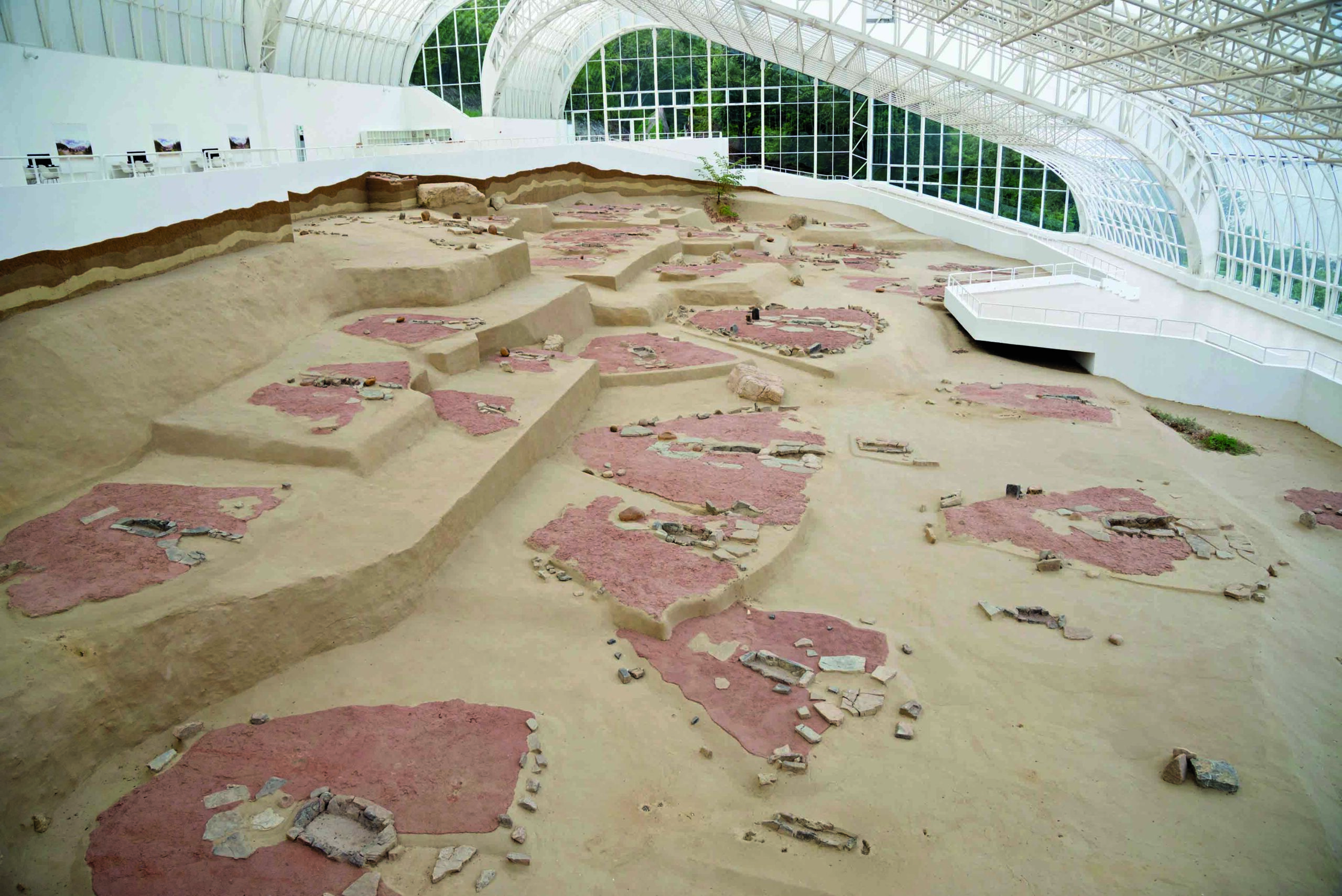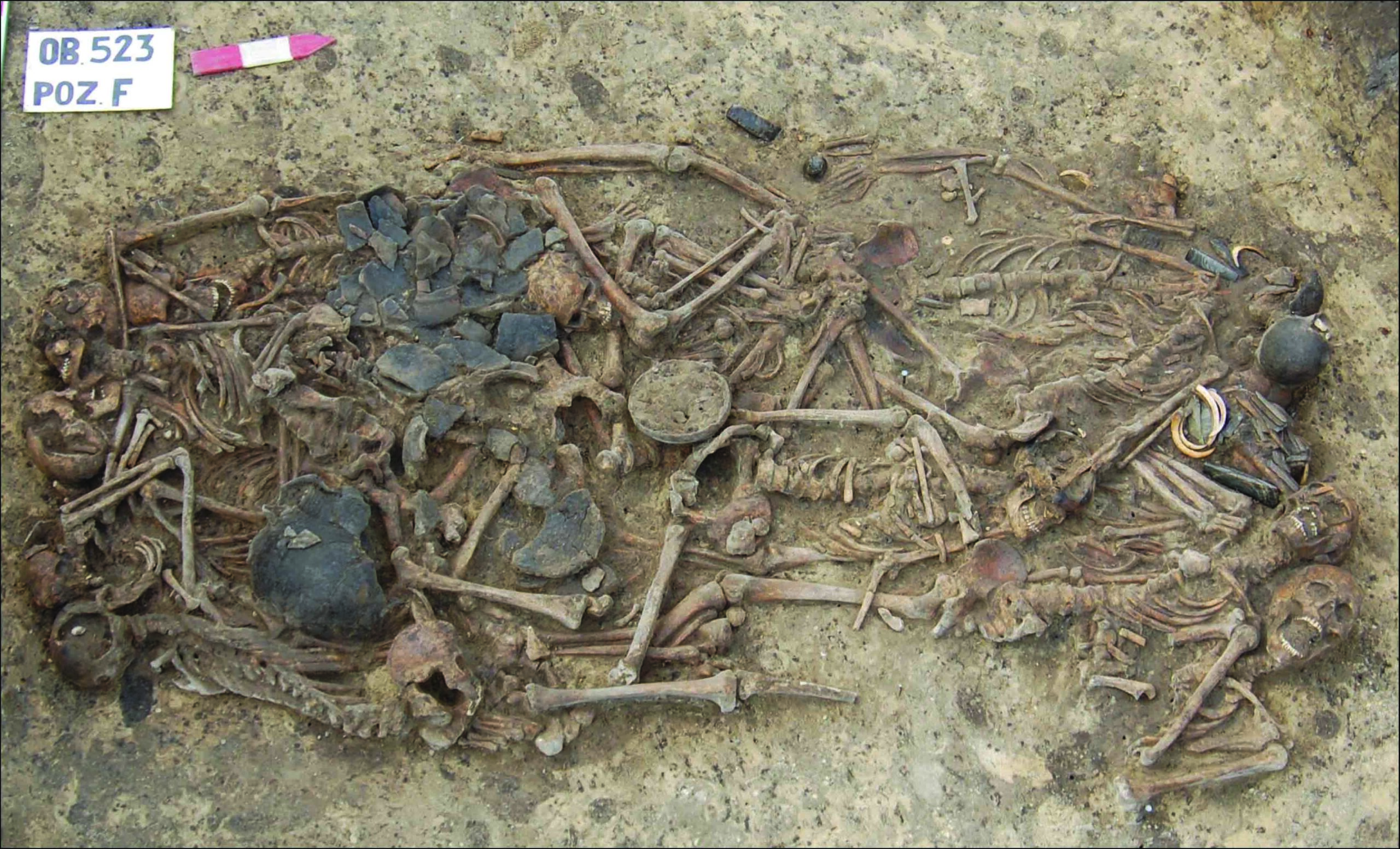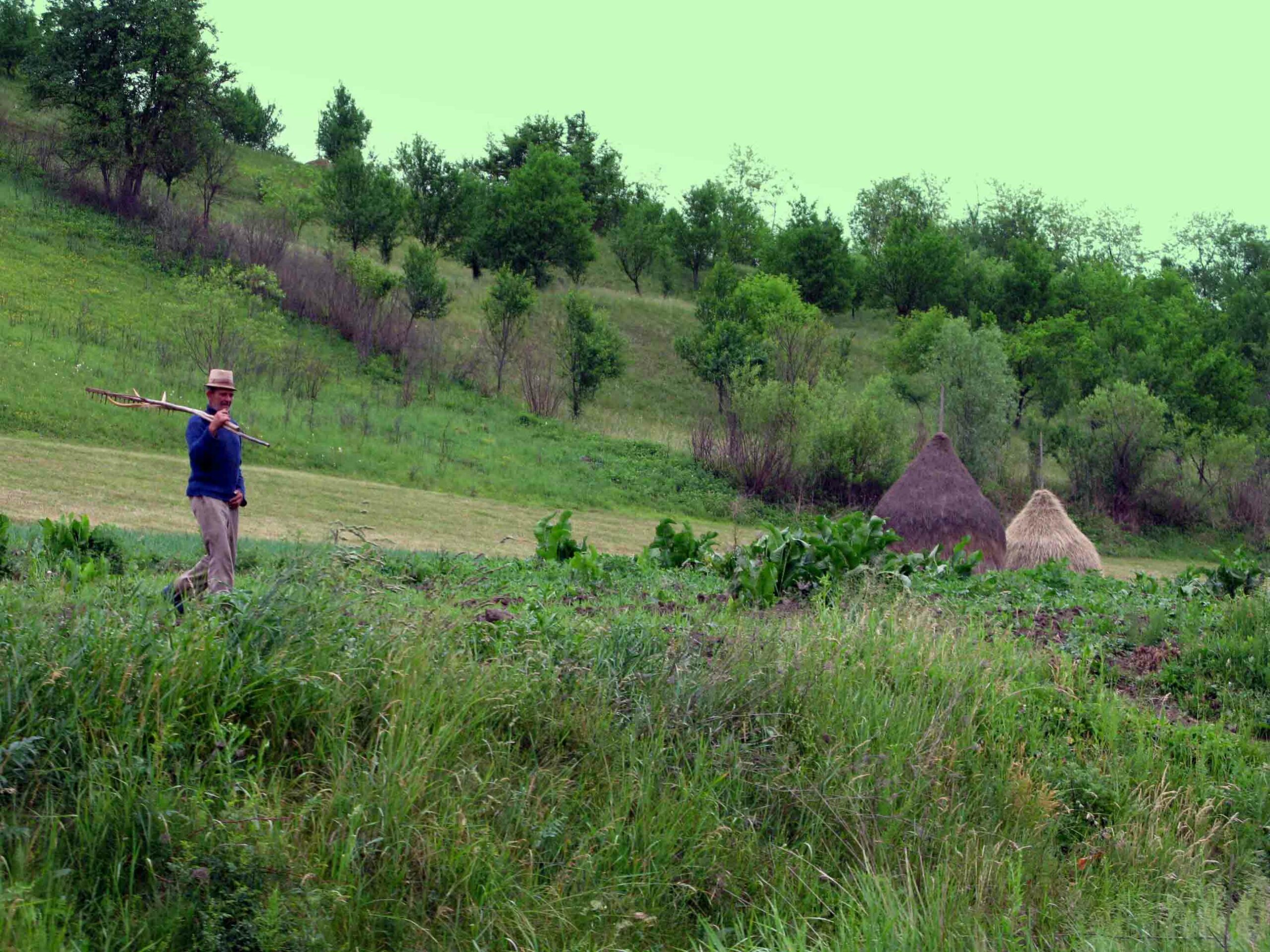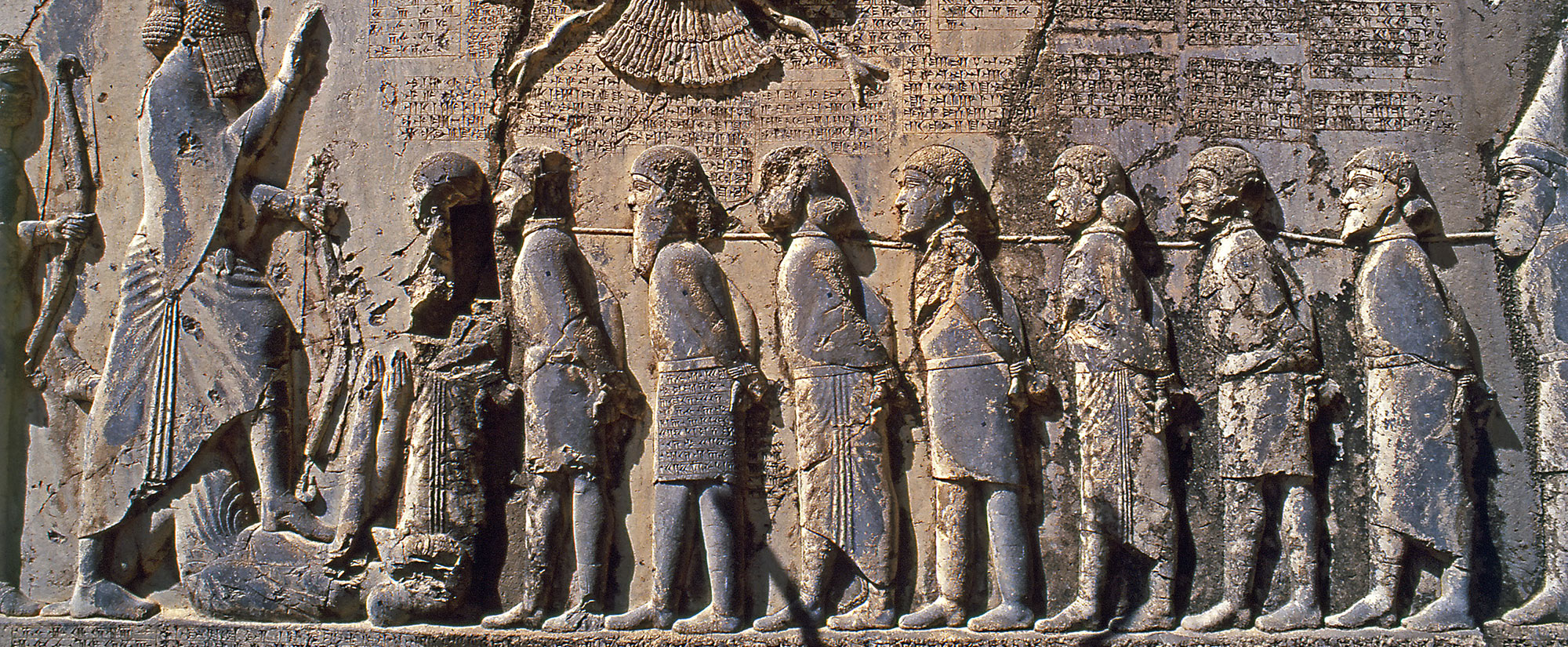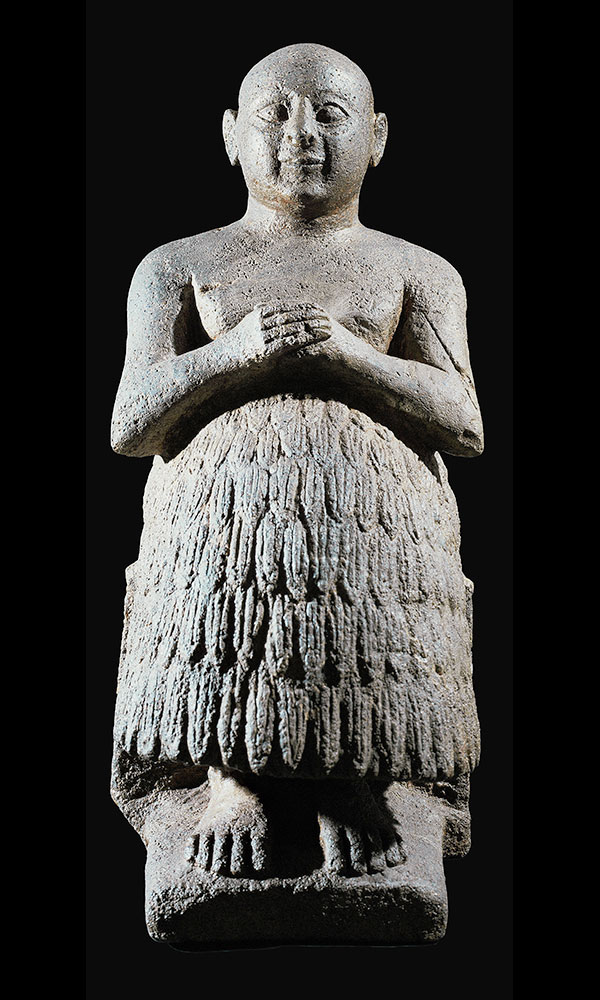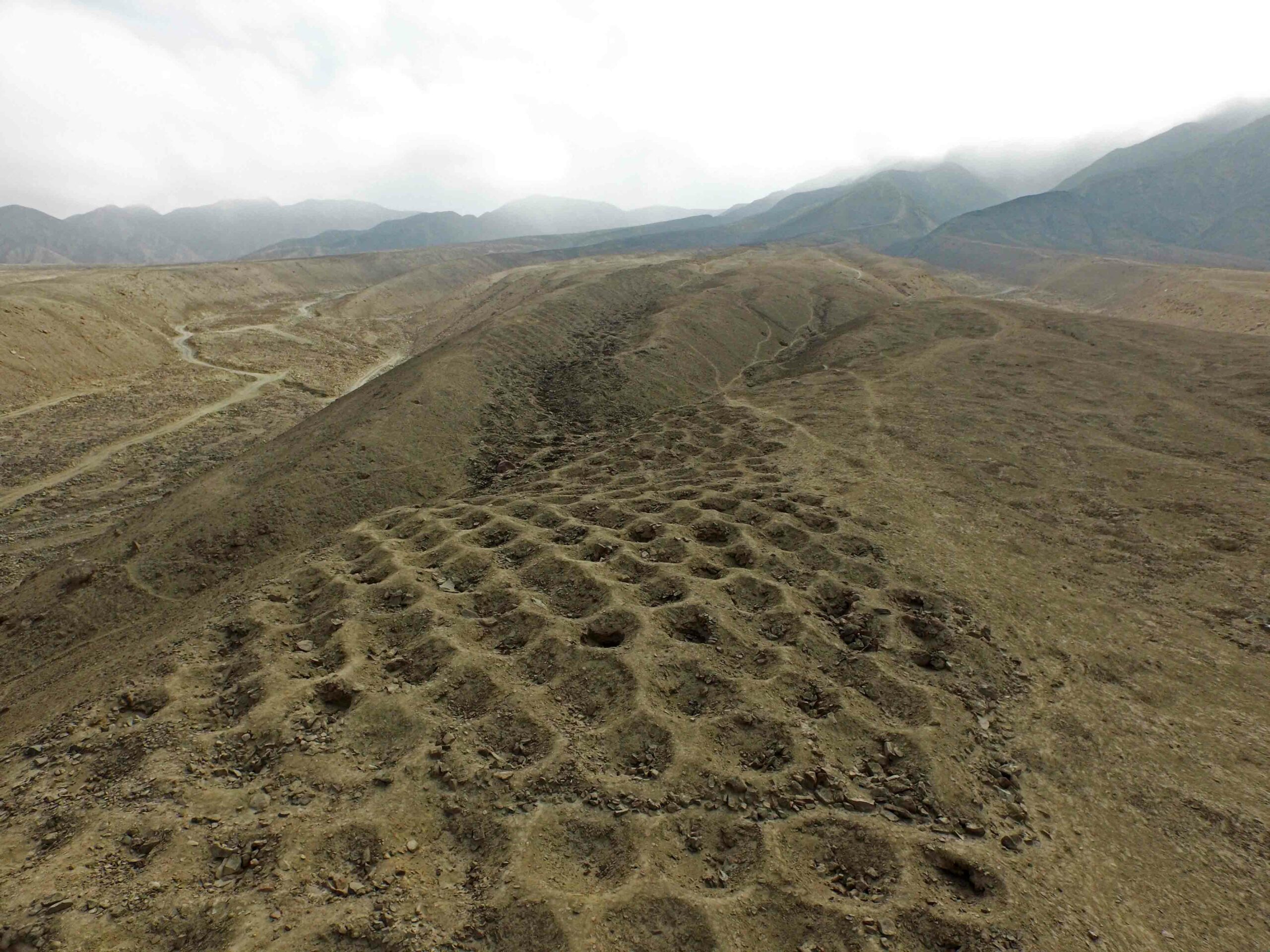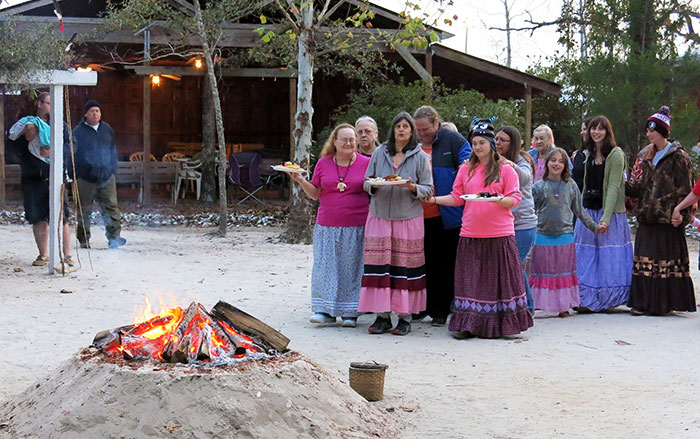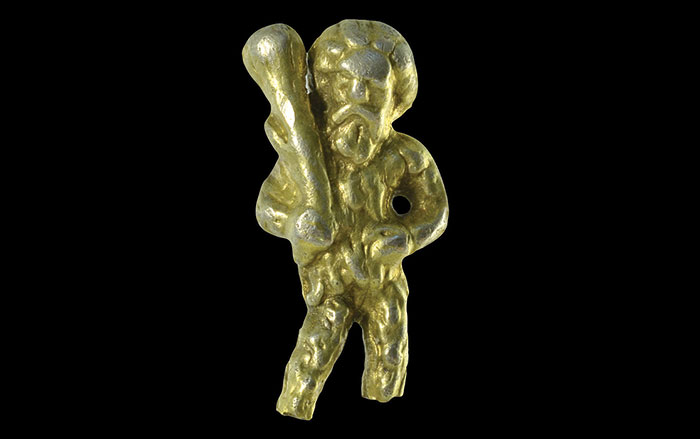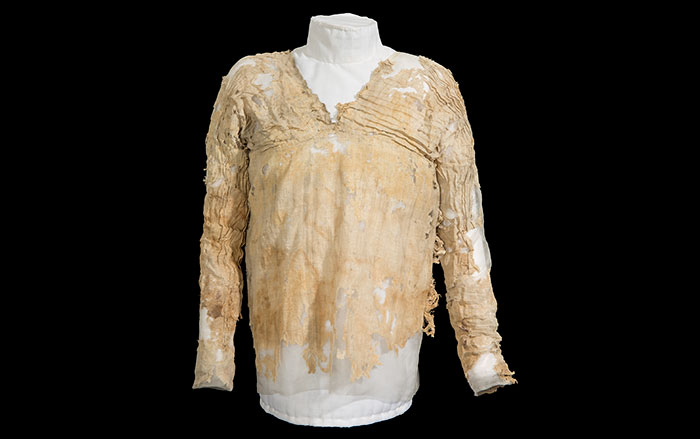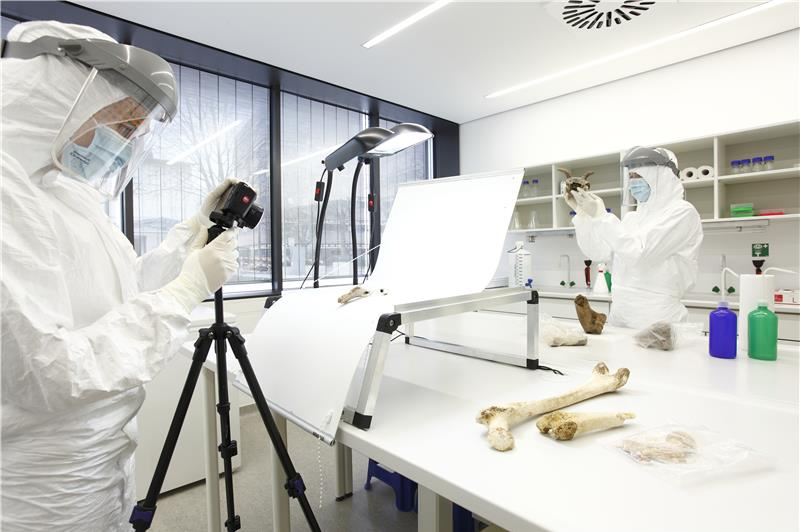
MAINZ, GERMANY—It had been thought that the first farmers were a homogenous group living in the Fertile Crescent some 12,000 years ago. But a new genetic study suggests that farming was invented by multiple distinct groups that separated from each other between 46,000 and 77,000 years ago. “They lived more or less in a similar area, but they stay highly isolated from each other,” Joachim Burger of the Johannes Gutenberg University Mainz said in an NPR report. Burger and an international team of scientists analyzed DNA obtained from four individuals who lived in the eastern Fertile Crescent, in the Zagros Mountains, which are located on the border between modern-day Iraq and Iran. They expected the Zagros genomes to resemble those of farmers who lived a couple of thousand years later in the western Fertile Crescent, near modern-day Turkey. The early farmers from Zagros, however, turn out to resemble people living today in South Asia, especially Pakistan and Afghanistan. This suggests that the Zagros farmers migrated to the east, and not to the west and into Europe. For more on early farmers, go to "The Neolithic Toolkit."


